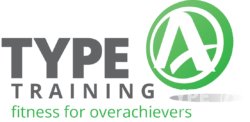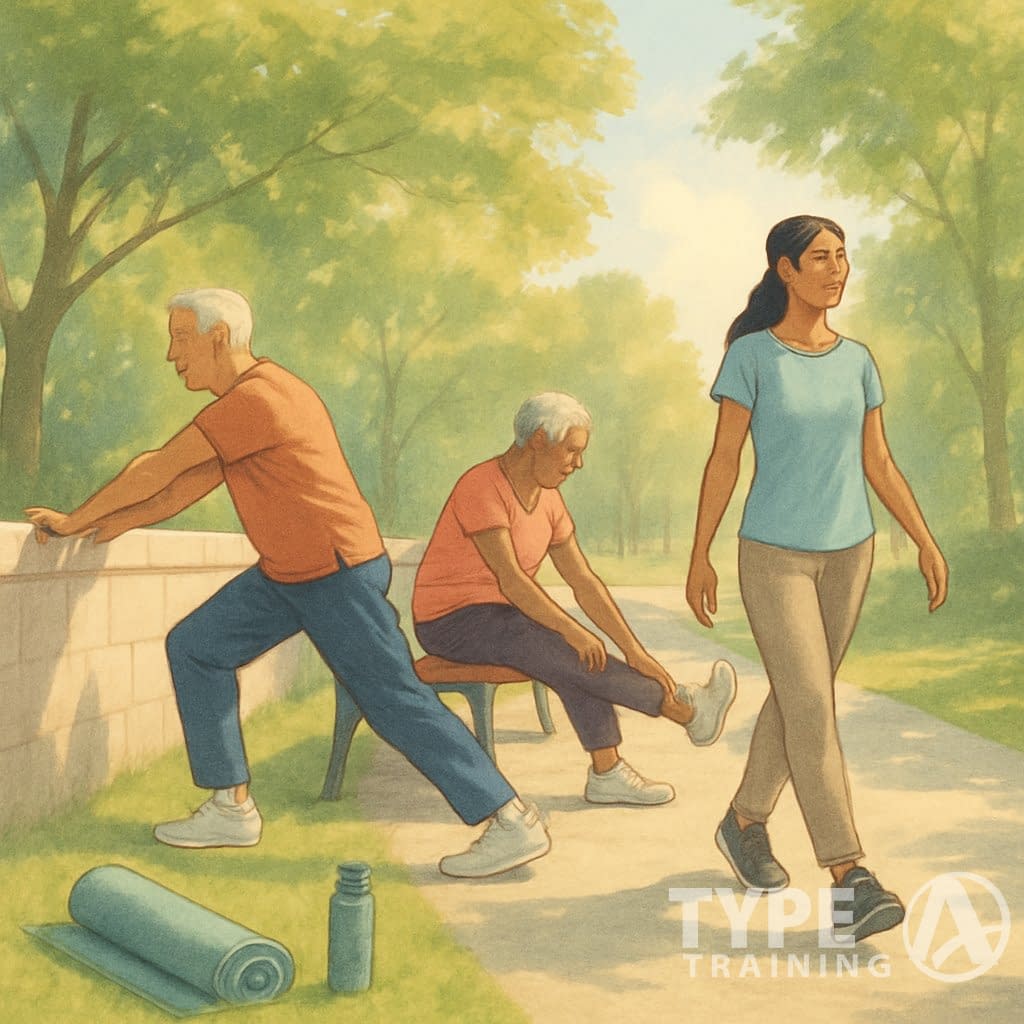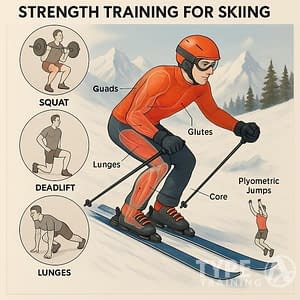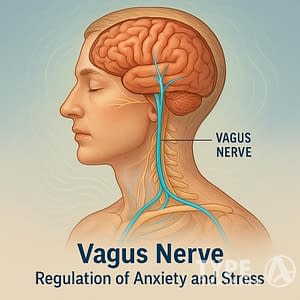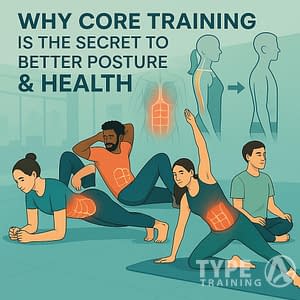Feeling wiped out after a tough workout? Trust me, you’re not alone there.
A lot of us think rest means doing absolutely nothing, but a little light movement on recovery days can actually help your training in a big way. Walking recovery days strike that sweet spot—your body gets a break, but you keep your fitness momentum rolling.

When you add walking to your rest days, your muscles recover faster because your blood moves more efficiently, flushing out waste products like lactic acid left behind from hard workouts. Instead of staying still, these active recovery workouts let your body heal while you keep moving in ways that don’t push your system too hard.
Popular posts:
This gentle approach helps reduce soreness and gets you ready for your next session. Walking recovery is for everyone—no fancy gear needed.
Whether you wander your neighborhood or hit a scenic trail, these light activities promote healing without overloading your body. Balancing tough workouts with active rest makes your training sustainable and helps you avoid burnout.
Key Takeaways
- Walking recovery gets your blood moving, helping muscles heal and keeping you from getting stiff between workouts.
- Active rest days keep you mobile and lower your risk of injury compared to just sitting around.
- Adding walking to your recovery days keeps your routine balanced and helps you make steady progress without burning out.
Understanding Recovery in Fitness

Recovery is a huge part of any fitness journey. It gives your body a chance to rebuild and adapt after all that training stress.
The way you approach recovery can seriously impact your results. Ignore it, and your performance will suffer.
Why Rest Days Matter
Rest days aren’t just breaks—they’re a crucial part of every good fitness plan. When you work out, your muscles get tiny tears.
Those little damages need time to repair and get stronger, and that only happens when you rest. Skip recovery, and your body can’t adapt to your workouts.
This means you’ll see fewer gains and your risk of injury goes up. Your nervous system also needs downtime to bounce back after tough workouts.
Research backs this up—planned recovery days help you progress faster than just grinding nonstop. Your body actually gets stronger during rest, not while you’re lifting or running.
Recovery also helps balance your hormones, supports your immune system, and boosts your mental health.
Types of Recovery
There’s more than one way to recover, and each has its own role in your routine.
Active Recovery: Low-intensity movement that keeps your blood flowing but doesn’t add stress. Think:
- Easy walking or cycling
- Gentle yoga or stretching
- Swimming at a chill pace
Passive Recovery: Full-on rest, barely any movement. You just let your body focus on repairs.
Restorative Recovery: Activities that help you relax and heal, like:
- Breathwork or meditation
- Massage or foam rolling
- Getting enough sleep (7-9 hours)
Most people get the best results by mixing these up. A balanced week might include 2-3 days of active recovery, with some full rest days when you really need them.
Myths About Rest and Recovery
There are a lot of stubborn myths floating around about recovery.
Myth 1: More training is always better.
Actually, if you don’t recover, you’ll hit a wall or even backslide. Your body needs time to adapt—grinding nonstop leads to plateaus.
Myth 2: Rest days mean doing nothing.
Active rest days can be even better than full rest. Gentle movement keeps your blood flowing and helps deliver nutrients where they’re needed.
Myth 3: Recovery is only physical.
Mental recovery matters too. Stress and mental fatigue can hold you back just as much as sore muscles.
Myth 4: One recovery approach works for everyone.
Your perfect recovery plan depends on your age, fitness level, and how hard you’re training. What works for a pro athlete won’t fit a beginner—or someone who just works out for fun.
What Are Active Rest Days?
Active rest days keep you moving but let your body recover. They help your muscles rebuild while maintaining blood flow and flexibility.
Defining Active Rest
Active rest days mean doing low-intensity movements that help you recover without overdoing it. Unlike full rest, active rest days use gentle activity to boost circulation and clear out waste from your muscles.
It’s that middle ground—not full training, not total rest. Some good options:
- Easy walks or hikes
- Gentle yoga or stretching
- Light swimming or cycling
- Mobility drills
- Foam rolling or self-massage
Keep the effort low, around 30-40% of your max. You should breathe easy and not feel wiped out afterward.
These activities help you stick to your routine while giving your body the downtime it needs to get stronger.
Active Rest Days Versus Complete Rest
It’s important to know the difference. Complete rest days are all about shutting it down—no exercise at all.
Active recovery, though, keeps you moving with purpose. Some perks:
- Keeps your routine rolling
- Cuts down on stiffness from sitting around
- Boosts blood flow to muscles that need repair
- Helps you avoid that mental slump that sometimes comes with doing nothing
Both have their place. The right choice depends on how tired you are, how hard you’ve been training, what your body needs, and your overall stress.
A lot of solid training plans use both types, spaced out through the week.
Benefits of Active Recovery
Active recovery brings a bunch of benefits for your fitness and your mood. Gentle movement on rest days helps your body bounce back faster.
Physical perks:
- Less muscle soreness and stiffness
- Better blood flow to healing muscles
- More nutrients delivered where they’re needed
- Maintained flexibility and mobility
- Faster removal of lactic acid and other waste
Mental perks:
- Less chance of burning out
- Keeps your routine steady
- Stress relief
- Still get those good endorphins
- Time to focus on form and technique
Research even suggests active recovery can cut post-exercise soreness more than just resting.
To get the most out of it, tweak your active rest days for what you need—maybe some mobility work for tight spots or gentle cardio if you want to keep up your endurance.
Walking Recovery: The Science Behind It
Walking recovery taps into your body’s natural healing systems. Science actually shows that this simple activity sparks specific changes that help muscles repair and ease soreness.
How Walking Promotes Muscle Recovery
Walking works your muscles at a low intensity, which is what experts call “active recovery.” Instead of just sitting, gentle movement boosts blood flow to sore areas without adding new stress.
When you walk, your body ramps up protein synthesis—the process that rebuilds muscle fibers after tough workouts. You’re moving just enough to get nutrients to your muscles, but not so much that you wear them out more.
Walking also helps clear out lactic acid and other waste that build up when you train hard. These byproducts are a big part of why you feel sore and stiff.
Studies show that even 20-30 minutes of easy walking can speed up recovery compared to just sitting still. Your muscles get what they need, without extra fatigue.
Impact on Blood Flow and Circulation
Walking gets your blood moving, bringing fresh oxygen to muscles that need to heal. This boost in circulation is like a built-in repair system.
Your heart rate climbs a bit—enough to push blood around, but not so much that it stresses you out. That helps wash away inflammation from sore muscles.
As you walk, your muscles contract and relax, almost like a pump, which helps return blood to your heart and keeps your blood vessels healthy.
Better blood flow during walking recovery means your muscles get protein, carbs, and other nutrients right when they need them. It’s a simple trick that really works.
Reducing Muscle Soreness with Low-Intensity Activities
Walking is a go-to for easing delayed onset muscle soreness (DOMS). You get the benefits of movement without causing more damage.
Research shows that gentle activities like walking can cut soreness by up to 50% compared to just resting. Moving helps flush out inflammation.
Walking recovery works because it stays below your body’s stress threshold. You activate healing without adding more strain.
The natural motion in walking also keeps your joints moving and prevents you from stiffening up. Your hips, knees, and ankles get a gentle workout, keeping everything flexible.
For best results, aim for 30-45 minutes of walking at a pace where you could hold a conversation. That’s usually enough to get all the recovery perks, without feeling tired afterward.
Supporting Mobility and Flexibility
Walking on your rest days keeps your body moving and fights off that stiff, creaky feeling. It’s a simple way to support joint health and works nicely alongside flexibility routines.
Improving Range of Motion
Walking gets multiple joints working together, so you’re basically doing natural mobility training. Every step moves your hips, knees, and ankles through their range of motion without pounding them.
That steady movement keeps synovial fluid circulating in your joints, which acts as a natural lubricant. It brings nutrients to cartilage and helps clear out waste.
People who walk regularly have better mobility and flexibility than those who just sit on rest days. That extra mobility pays off in your main workouts, too.
Try mixing in these tweaks on your next walk:
- Swing your arms a little more than usual
- Focus on pushing your hips through each step
- Take longer strides for 30 seconds here and there
Walking and Joint Health
Walking hits that sweet spot—movement without too much stress—on your recovery days. The gentle impact helps keep bones strong without the pounding you get from running or jumping.
Your weight-bearing joints, like knees and hips, benefit most. They get nourishing movement that stops them from stiffening up after hard workouts.
The repetitive motion of walking reduces muscle soreness by getting blood to sore spots. That means more oxygen and nutrients for repair, and a quicker flush of inflammation.
If you walk on grass, sand, or gentle hills, you’ll add subtle variations that work stabilizer muscles and avoid repetitive strain. It’s a small change, but it makes a difference.
Complementing Flexibility Work Like Yoga
Walking works well as a warm-up before flexibility practices like yoga. A 15-minute walk raises your body temperature and boosts blood flow, making muscles more ready to stretch.
Many trainers suggest pairing walking with mobility work for better recovery. Try a 15-minute mobility routine after walking to help stretch stiff muscles and improve circulation.
Here’s a combo worth trying:
- 20-minute gentle walk
- 10 minutes of basic yoga poses, focusing on muscles you use most in your main workouts
- 5 minutes of focused breathing to help you recover
Some trainers call this a “recovery sandwich.” Walking gives you gentle movement. Yoga delivers targeted flexibility. Combined, it’s a complete rest day workout that helps your body bounce back.
Walking and Injury Prevention
Walking acts as a simple but powerful way to prevent injuries in your training plan. It strikes a balance between movement and recovery, so you stay healthy.
Lowering the Risk of Overtraining
Walking helps your body avoid overtraining syndrome. If you swap an intense workout for a walk on a rest day, you keep moving while letting your joints and muscles recover.
After tough workouts, your muscles develop micro-tears. Walking increases blood flow to those tissues, bringing in nutrients and clearing out waste.
Studies show athletes with active recovery days have less burnout and fatigue. Walking keeps your heart rate in a gentle recovery zone—usually around 120-140 BPM.
Mixing intense workouts with walking days helps your body adapt without wearing you down.
Strengthening Stabilizer Muscles
Walking uses muscle groups you might not hit in your main workouts. That helps you build balanced strength.
You work important stabilizer muscles in your:
- Ankles and feet – better balance and coordination
- Hips and core – improved posture
- Upper back – less tension, more mobility
These muscles are key for injury prevention. Walking on trails or sand challenges them even more.
Natural walking patterns can fix imbalances from repetitive training. Balanced strength means you move more efficiently, whatever you’re doing.
Identifying and Addressing Early Signs of Injury
Walking lets you check in with your body and spot possible injuries early. On a recovery walk, notice how you feel.
Any pain that gets worse as you walk? Are you moving differently on one side, or feeling odd tightness or weakness?
These little signs might slip by during intense training. Active recovery walks give you a chance to focus on body awareness.
If you spot a problem, you can deal with it right away—try stretching, self-massage, or talk to a pro if needed.
Walking’s gentle impact helps injuries heal while still letting you move. It even stimulates bone density without stressing healing tissue.
Integrating Active Rest Days Into Your Training Program
Adding walking recovery days to your week makes your fitness routine more balanced. It helps you get results and keeps burnout at bay. Planning your workouts well means your body gets real recovery.
Scheduling Recovery and Walking Days
Set your active rest days around your tough workouts. For example, if you lift heavy on Monday and Thursday, take walking recovery days on Tuesday and Friday.
This schedule gives your muscles time to repair, but you still keep moving.
Most solid training plans include 2-3 active rest days a week. Mark them in your calendar like you would any workout—they matter just as much.
Here’s a sample week:
- Monday: Strength training
- Tuesday: 30-minute walking recovery
- Wednesday: High-intensity workout
- Thursday: Yoga or mobility work
- Friday: 45-minute nature walk
- Saturday: Endurance training
- Sunday: Full rest
Listen to your body. If you’re wiped out or extra sore, adjust as needed.
Balancing Intensity and Frequency
Walking recovery days should stay truly low-key. Keep your heart rate at 40-60% of your max and stick to a relaxed pace.
Aim for 20-45 minutes of walking on these days. That’s enough to boost circulation without draining your energy. Gentle movement helps your body recover without extra strain.
Stick to flat, soft surfaces when you’re coming back from hard workouts.
If you’re training for something specific, tweak your rest day walks as needed. In heavy training blocks, keep them very light. In easier phases, you can push a bit more.
Adapting for Your Fitness Goals
Your fitness goals shape how you use active recovery. Strength athletes benefit from walking to boost blood flow without extra soreness.
Endurance athletes might walk a bit longer—up to 60 minutes—but keep the pace easy. It keeps your cardio up while your running muscles recover.
If you’re aiming for weight loss, try adding gentle hills to your walks for a little more calorie burn, but still keep things easy.
Tweak as you go:
- Beginners: More active rest (3-4 days a week)
- Intermediate: 2-3 days
- Advanced: Place them around your hardest training days
Keep a journal. Write down how you feel after walking recovery days—energy, soreness, mood. That’ll help you spot patterns and avoid overtraining.
Complementary Strategies for Enhanced Recovery
Walking’s just one part of the recovery puzzle. Pair it with good food, mental breaks, and a mix of activities for better results.
The Role of Nutrition
What you eat makes a huge difference in how fast you recover. On active rest days, get enough protein—aim for about 0.7 to 0.9 grams per pound of body weight.
Drink plenty of water. Muscles need it to flush out waste and ease soreness. Try to get at least 3 liters a day, especially if you’re walking in the heat.
Anti-inflammatory foods can help too. Add things like:
- Berries
- Salmon or other fatty fish
- Turmeric and ginger
- Tart cherry juice
Timing matters. Eat a small meal with protein and carbs within 30-45 minutes of your recovery walk to support muscle repair.
The Benefits of Meditation
Mental recovery’s just as important as physical. Ten to fifteen minutes of meditation on rest days can really lower stress.
Body scan techniques help you notice tension in muscles you might otherwise ignore. That way you can fix issues before they turn into injuries.
Meditation can improve your sleep, and most muscle repair happens when you’re asleep. Better sleep, faster recovery.
Try these:
- Guided visualizations – picture blood flowing to sore spots
- Box breathing – inhale for 4, hold for 4, exhale for 4, hold for 4
- Walking meditation – blend mindfulness with your walk
Meditation gives you a mental reset, helping you avoid burnout.
Alternative Low-Intensity Activities
Walking is a great way to recover, but let’s be honest—it can get dull if that’s all you do. Mixing things up works different muscle groups and keeps things interesting.
The trick is to keep the intensity low. If you can’t chat comfortably while moving, you’re probably going too hard.
Swimming just nails active recovery. The water takes pressure off your joints and gives you gentle resistance, so your circulation improves without extra strain.
Cycling at an easy pace works well too. Stick to flat ground and aim for a steady 80-90 rpm, but don’t push yourself. This improves blood flow without taxing muscles.
Light yoga—think recovery-focused, not power or hot yoga—can really help. Try these poses:
- Child’s pose
- Gentle forward folds
- Supine twists
- Legs up the wall
Foam rolling for about 10-15 minutes can loosen up tight spots in your fascia. It might just make your next workout feel smoother.
